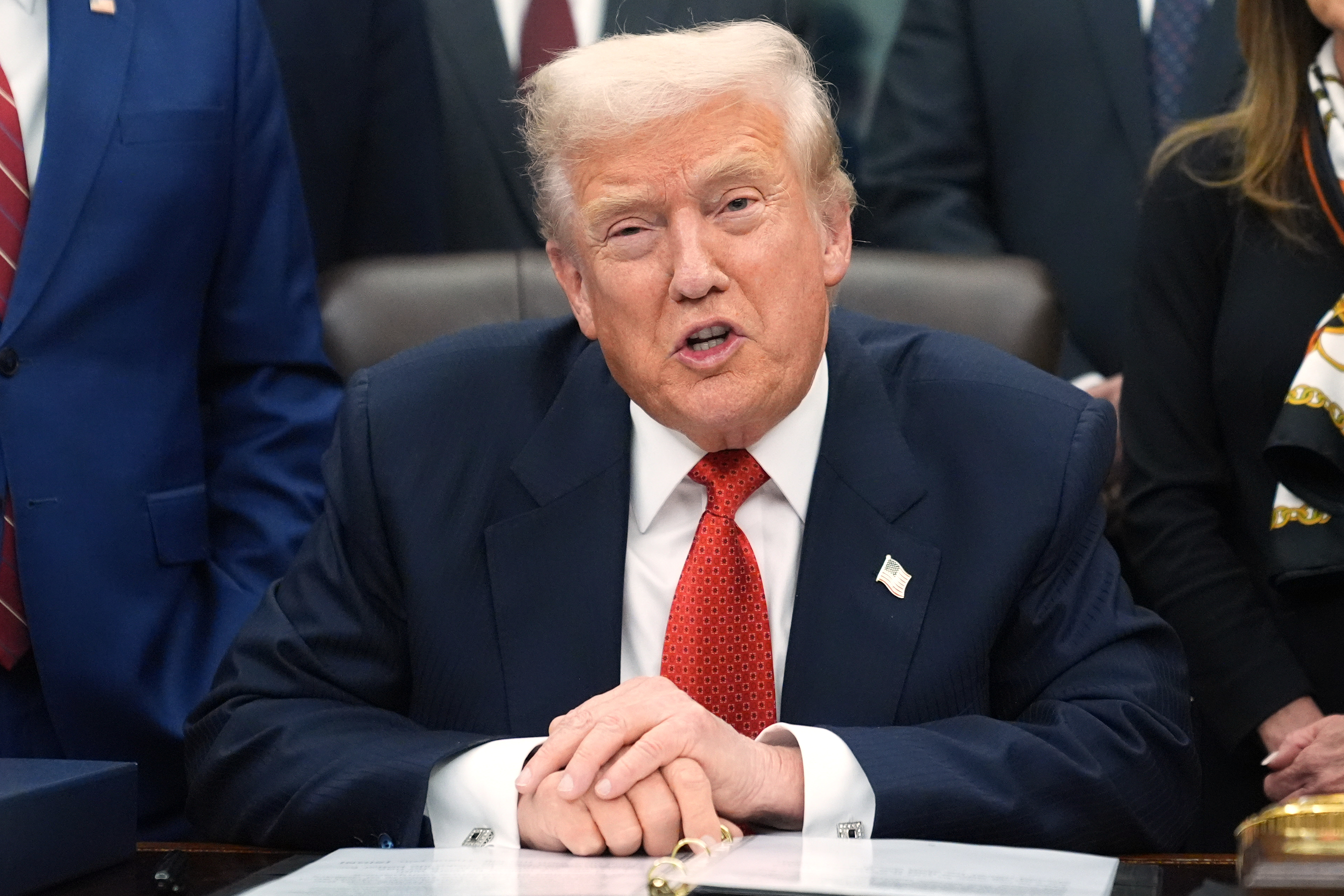Trump’s Ukraine Peace Efforts Keep Failing

Moscow doesn’t want a transactional deal. Washington needs a better plan.
The Gaze reports on it referring to the Atlantic.
Thomas Wright analyses the situation. Donald Trump is clearly frustrated with his failure to end the Russia-Ukraine war. He thought he could strike a deal with a simple transaction that recognized Russia’s territorial gains and appealed to its economic interests. He did not understand how committed Vladimir Putin was to the destruction of an independent Ukrainian state, or how difficult it would be to compel him to accept anything less. Recently President Trump tried to change the dynamic: He told Putin he might give Ukraine long-range Tomahawk missiles, and he tried to berate Volodymyr Zelensky into conceding territory, but both to no avail. Trump canceled a planned summit with Putin, explaining to reporters, “We’re going to have to know that we’re going to make a deal. I’m not going to be wasting my time. I’ve always had a great relationship with Vladimir Putin, but this has been very disappointing.”
To hear senior Trump-administration officials tell it, they are very close to settling the war, if only the parties would be reasonable. They appear to view the fundamental conflict as simple and susceptible to compromise: Russia wants the remaining land that it does not control in the Donbas; Ukraine wants robust security guarantees. But in fact the problem is much more intractable and difficult than that.
Early in Trump’s second term, Russia rejected a deal that would have frozen the battle lines, lifted sanctions on Russia, and kept Ukraine out of NATO. If Trump had understood the deeper context of the war, he would have expected no less. Moscow views a free, independent, and militarily capable Ukraine as an unacceptable threat. If the war ends on any terms other than the total subjugation of Ukraine to Russia, an ever more aggrieved and militarized Ukraine will recover economically and rebuild its defenses with Western support. Moscow finds this outcome intolerable, and its only plan to deal with it is to destroy the Ukrainian state. This is what Moscow means by addressing “root causes.”
Trump will not be able to end the war in the next few months, but he could start to create the military and diplomatic conditions for a successful negotiation later in his term. Doing so wouldn’t even require a radical shift in direction. Trump should continue to help Ukraine convince Putin that he has no hope of achieving his objectives on the battlefield. Andriy Zagorodnyuk, who served as Ukraine’s minister for defense before the war, refers to this strategy strategic neutralization—Ukraine would seek to paralyze Russia’s offensive capacities at land, sea, and air, so that even though it can continue to fight, it cannot win.
Ukraine’s position is more sustainable than it was. Earlier this year, Kyiv was running short on weapons, as supplies that the Biden administration had set in motion ran out. Trump has partly addressed the shortfall by selling NATO weapons for transfer to Ukraine (more air-defense weapons are still needed, though). Trump also recently imposed sanctions on the Russian energy sector, which will help tighten the financial squeeze on Russia’s war effort. Still, what Trump really seems to want is not to help Ukraine prevail in a longer war so much as to reinvigorate his diplomacy for a peace deal. And to that end, he can do something more: He can globalize his peace push, perhaps by calling for a peace summit, and by pressing other countries to accept an immediate end to the war along current lines.
Ukraine has held and taken part in peace summits before, but it struggled to bring the countries of the global South on board with its proposals for settling the outstanding issues between itself and Russia. The fact that Zelensky now embraces an unconditional cease-fire makes that task a lot easier. Brazil, Saudi Arabia, South Africa, Senegal, India, and other nations that have pushed for peace will be hard-pressed to reject a clear prospect for achieving it, especially now that Trump has ruled out Ukrainian membership in NATO.
Trump’s goal could be to rally a majority of the world’s countries to call for an immediate and unconditional cease-fire, with details on implementation to be worked out by the parties. Russia would oppose this but be forced to explain why. The process would highlight the absurdity of Putin’s demands for additional territorial concessions and Ukraine’s demilitarization. As Russia’s closest ally, China would not break with Moscow by endorsing an unconditional cease-fire, but it, too, would be discomfited by having to explain this choice. Trump could chalk up some progress as countries signed on, and Ukraine would get a morale boost at the start of a long and difficult winter.
The war in Ukraine is unlikely to end with a singular, spectacular breakthrough. But these moves and a little patience could help set the conditions for a resolution over time—one that doesn’t involve Russia destroying and subjugating its neighbor.